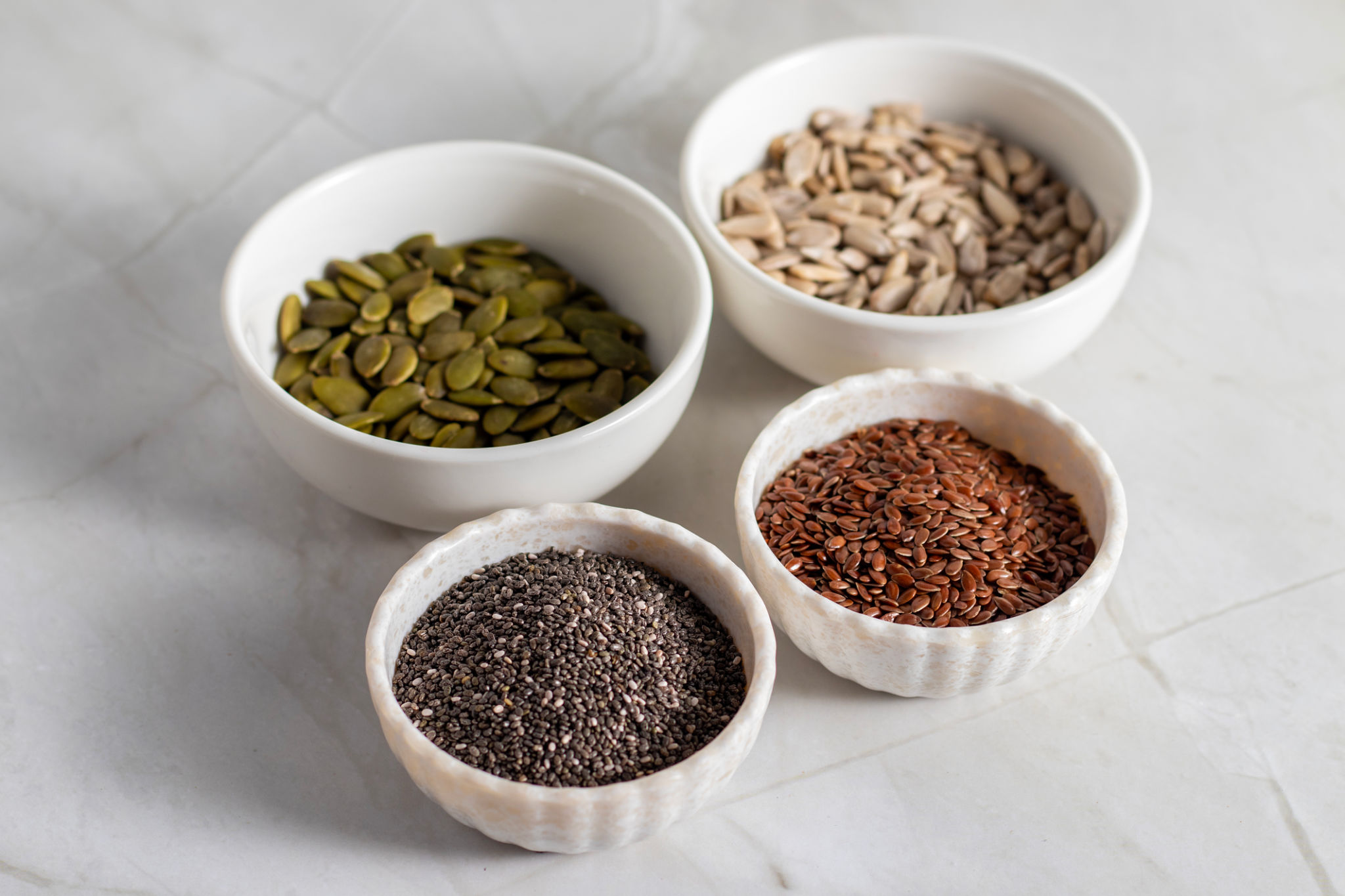How to Choose the Right Agricultural Inputs for Your Farm
Understanding Your Farm's Needs
Choosing the right agricultural inputs for your farm begins with a comprehensive understanding of your farm's unique needs. Consider factors such as the type of crops you are cultivating, the soil quality, climate conditions, and the specific challenges you face like pests or diseases. By analyzing these elements, you can make informed decisions about which inputs will best support your operations.
Conducting a soil test is a crucial step in this process. Soil tests can reveal nutrient deficiencies, pH imbalances, and other critical information that will influence your choice of fertilizers and amendments. Additionally, take into account the local climate conditions, as they will impact the types of seeds and crop protection products you should use.

Evaluating Seed Varieties
Choosing the right seed varieties is vital for maximizing yield and ensuring crop resilience. Look for seeds that are well-suited to your farm's environment. Consider factors such as drought tolerance, disease resistance, and maturation time. Hybrid seeds may offer certain advantages, but open-pollinated varieties can be beneficial for preserving biodiversity on your farm.
It's also important to consider whether genetically modified seeds align with your farming philosophy and local regulations. Researching and selecting seeds that fit your specific requirements will lay a strong foundation for a successful growing season.

Selecting Fertilizers and Soil Amendments
Fertilizers play a critical role in ensuring your crops receive the nutrients they need to thrive. When selecting fertilizers, base your choice on the results of your soil test. Opt for products that address specific nutrient deficiencies identified in your soil analysis. Organic fertilizers, such as compost or manure, can improve soil health and provide long-term benefits.
Chemical fertilizers, while effective, should be used judiciously to prevent potential negative impacts on the environment. It's essential to balance the immediate nutrient needs of your crops with sustainable practices that maintain soil health over time.

Considering Crop Protection Products
Pests and diseases can significantly impact crop yield and quality, making crop protection products an important consideration. When choosing pesticides or herbicides, prioritize those with minimal environmental impact and ensure they are suitable for the specific issues you face on your farm.
Integrated Pest Management (IPM) strategies can be an effective alternative or complement to chemical solutions. By promoting beneficial insects, using crop rotation, and implementing other cultural practices, you can reduce reliance on synthetic chemicals and promote a healthier ecosystem.

Exploring Farm Equipment Options
The right equipment can increase efficiency and reduce labor costs on your farm. Consider the scale of your operations when choosing machinery. Small-scale farms might benefit from versatile tools that can perform multiple functions, while larger farms may require specialized equipment.
Investing in technology, such as precision agriculture tools, can further enhance productivity by providing data-driven insights into crop health and resource usage. Balancing cost with functionality is key when investing in new equipment for your farm.

Budgeting and Financial Considerations
Ultimately, choosing the right agricultural inputs involves balancing quality with cost-effectiveness. Create a detailed budget that accounts for all necessary inputs while also leaving room for unexpected expenses. Consider long-term investments that may have higher upfront costs but provide greater returns over time.
Exploring government subsidies or grants available for farmers can also help alleviate financial burdens. By planning your budget carefully, you can ensure that you make choices that support both immediate needs and long-term sustainability.

